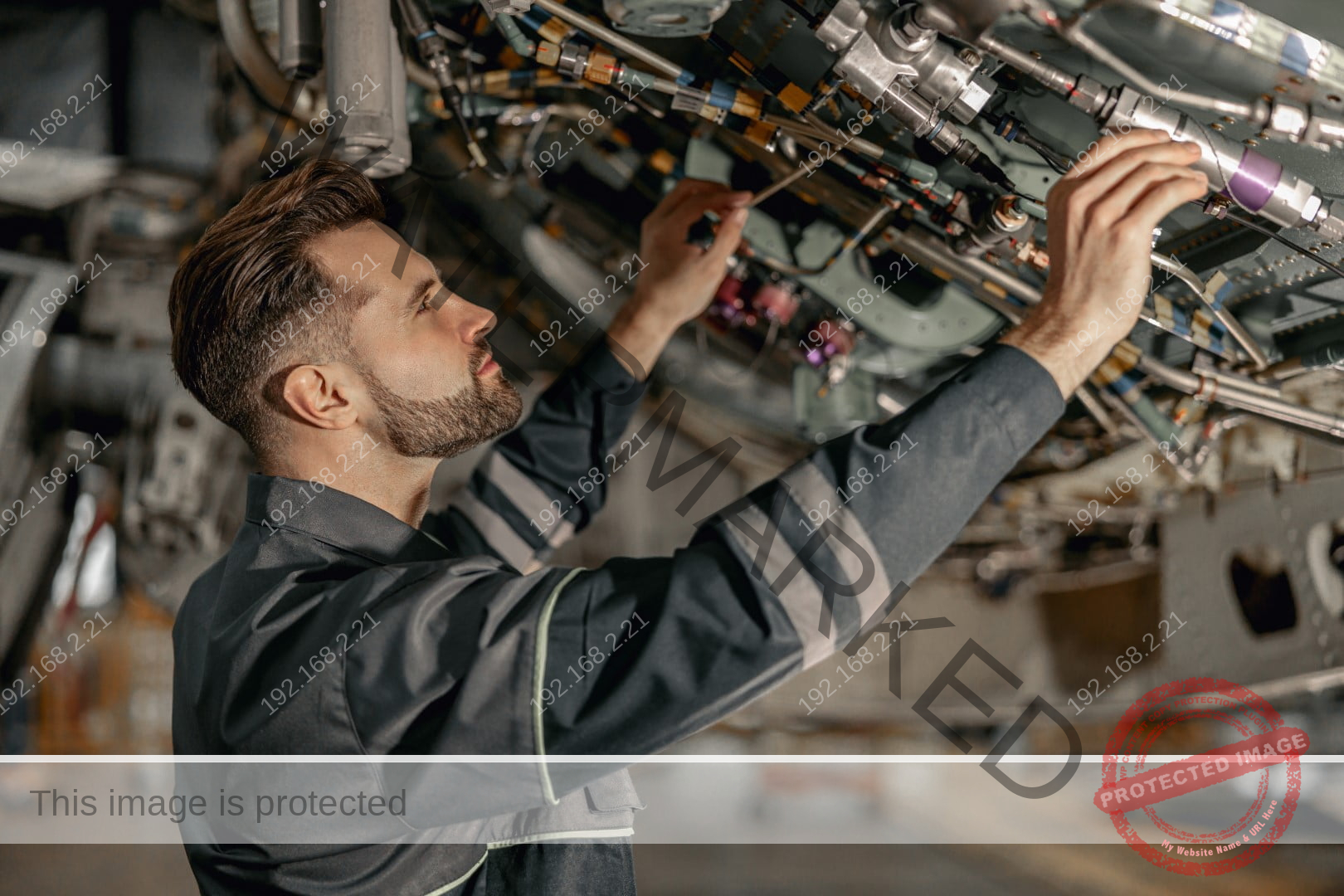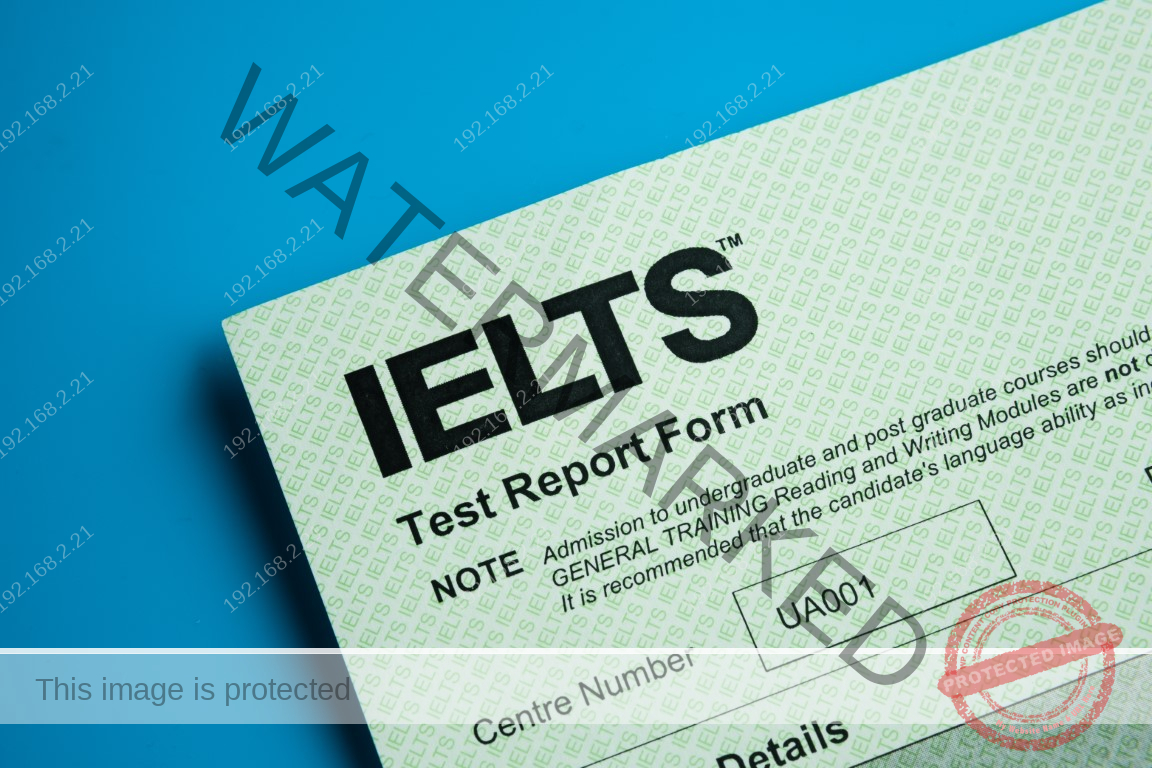The Canadian government has made a strategic shift in its immigration policies. By focusing on category-based Express Entry draws, Immigration, Refugees and Citizenship Canada (IRCC) aims to address labor shortages in specific sectors, including the transportation industry. But what does this mean for prospective immigrants skilled in transportation-related jobs? And how can they navigate the hurdles to building a rewarding career in Canada?
Category-Based Draws: Creating Opportunities for Applicants in Specific Sectors
Contrary to common assumptions, category-based Express Entry draws don’t alter the foundational Express Entry requirements or CRS (Comprehensive Ranking System) calculations. What they do change is the focus. These special draws allow the IRCC to concentrate on specific occupations, like those in the transportation industry, based on current labor demands. Candidates applying under category-based draws can often expect lower CRS requirements, offering them more opportunities even when they do not have high CRS scores.
The Transportation Sector in Canada: Hotter Than Ever
Aside from the oft-discussed trucking positions, Canada is in dire need of professionals in a variety of transportation occupations, including but not limited to:
- Air pilots, flight engineers, and flying instructors
- Railway carmen/women
- Aircraft mechanics and aircraft inspectors
- Marine and engineer officers in water transport
- Railway traffic controllers and marine traffic regulators
- Aircraft assemblers and aircraft assembly inspectors
Consider the aviation industry, which is bracing for a massive inflow of manpower. By 2032, according to a report by Canadian aviation training company CAE, the aviation sector will need to recruit 1.3 million professionals. These are staggering figures, laying out a veritable red carpet for trained aviation professionals worldwide.
The Roadblocks: Conversions and Adjustments
Yet, transitioning to Canada isn’t without its challenges. For example, certain transportation occupations in Canada are regulated and require a license to practice. The process of converting a driver’s license to a Canadian equivalent varies by province. Even the types of vehicles one might be licensed to drive could differ, making for a transitional period before newcomers can actively join the workforce.
A Unique Opportunity for Applicants and Their Families
While challenges exist, the long-term benefits of successfully navigating the licensing and credentialing systems are immense for immigrants, transportation businesses, and the Canadian economy as a whole.
This article aims to guide you through the promising and dynamic landscape of Canada’s transportation industry. Whether you’re considering immigration or seeking to understand how the recent changes in immigration policy can affect you, with detailed information and a comprehensive view, you can make well-informed decisions that will set you on the path to a rewarding career in Canada.












